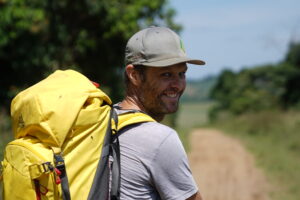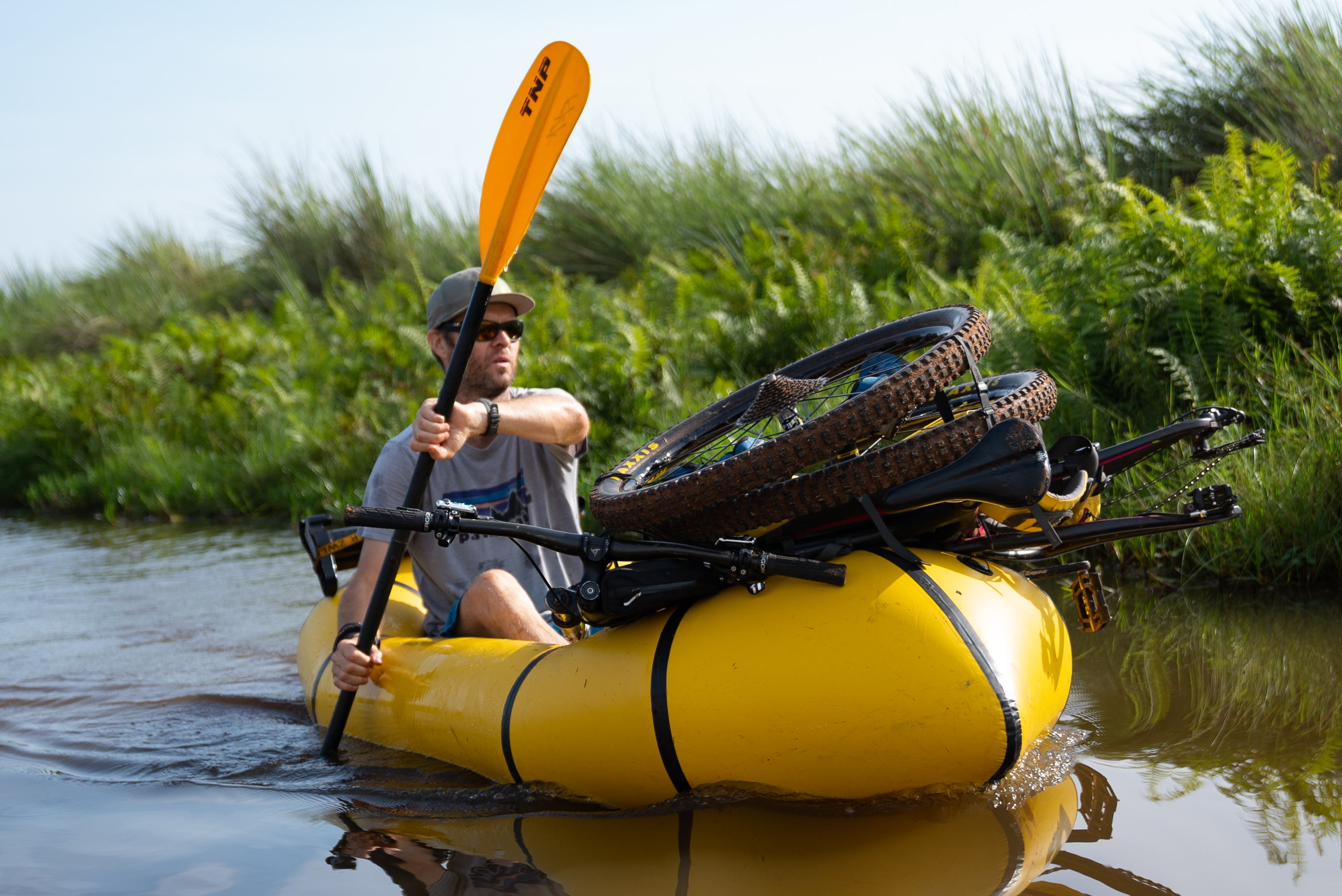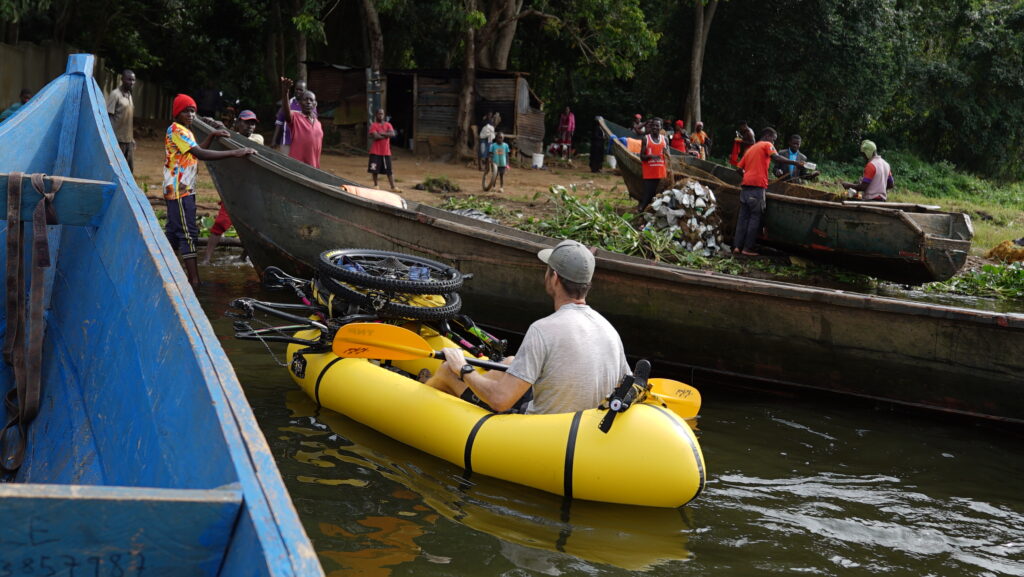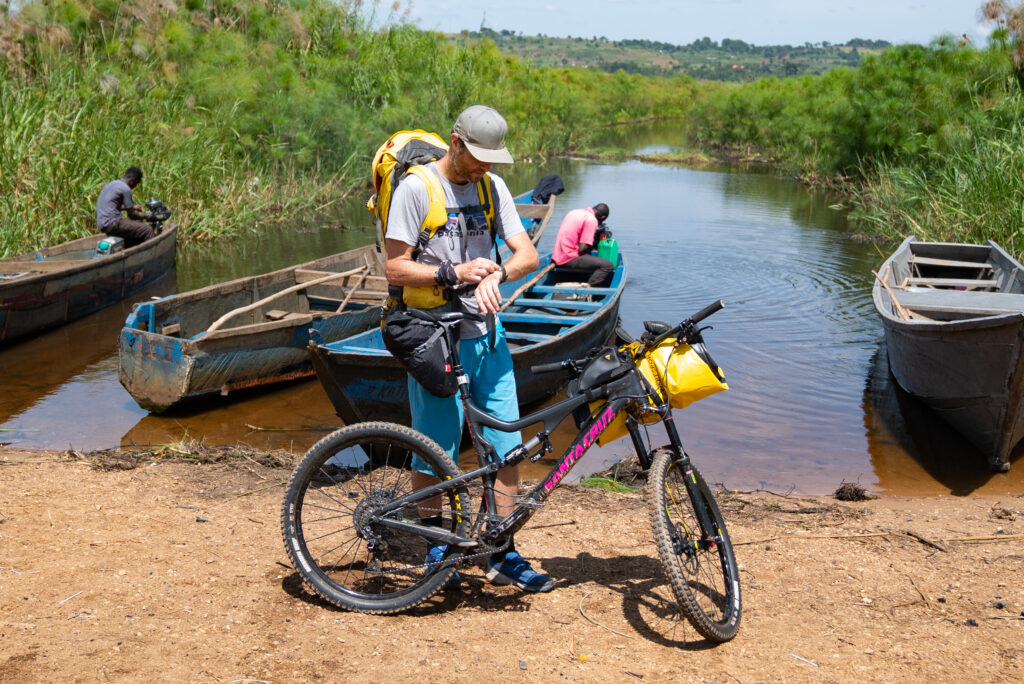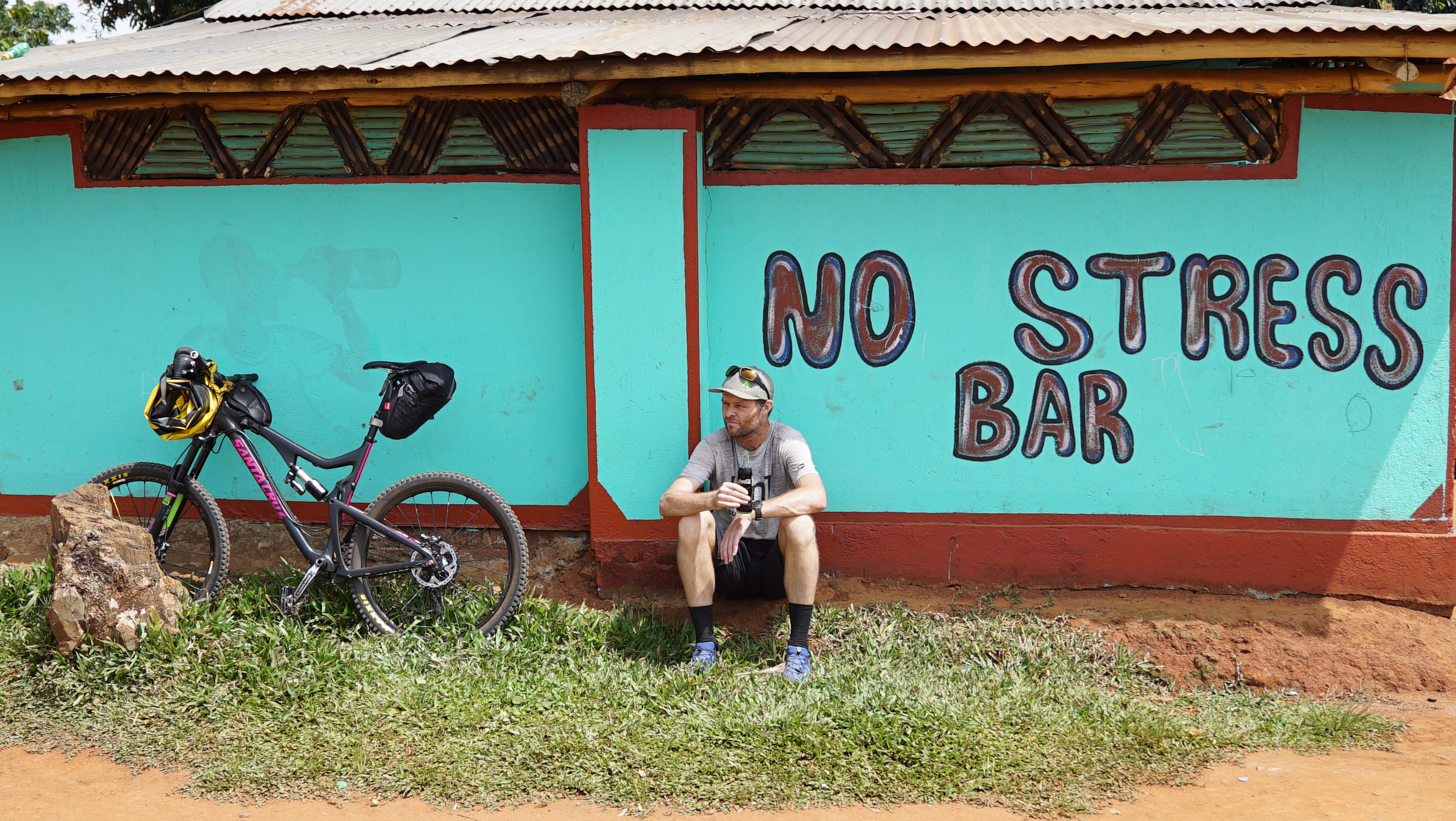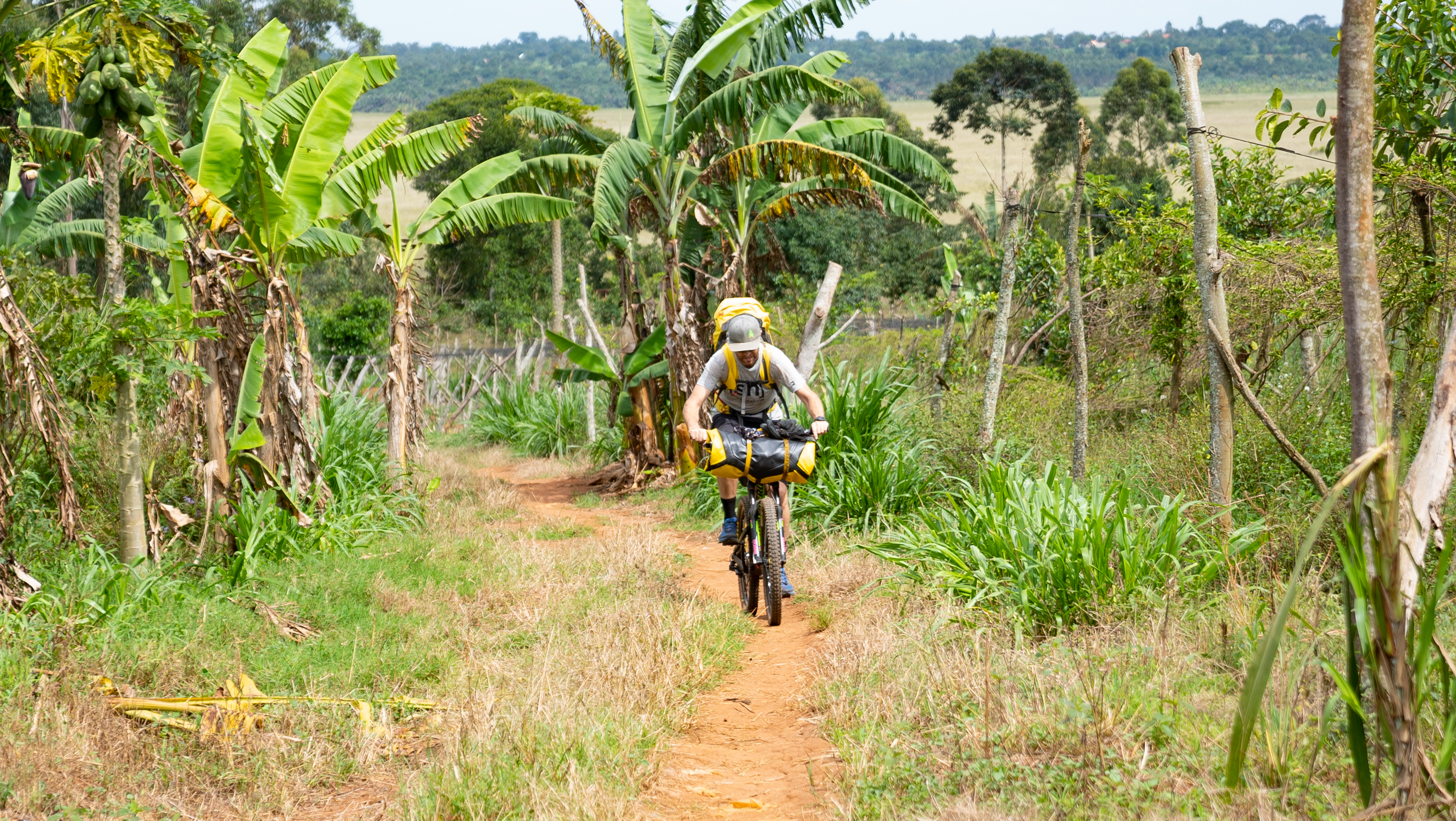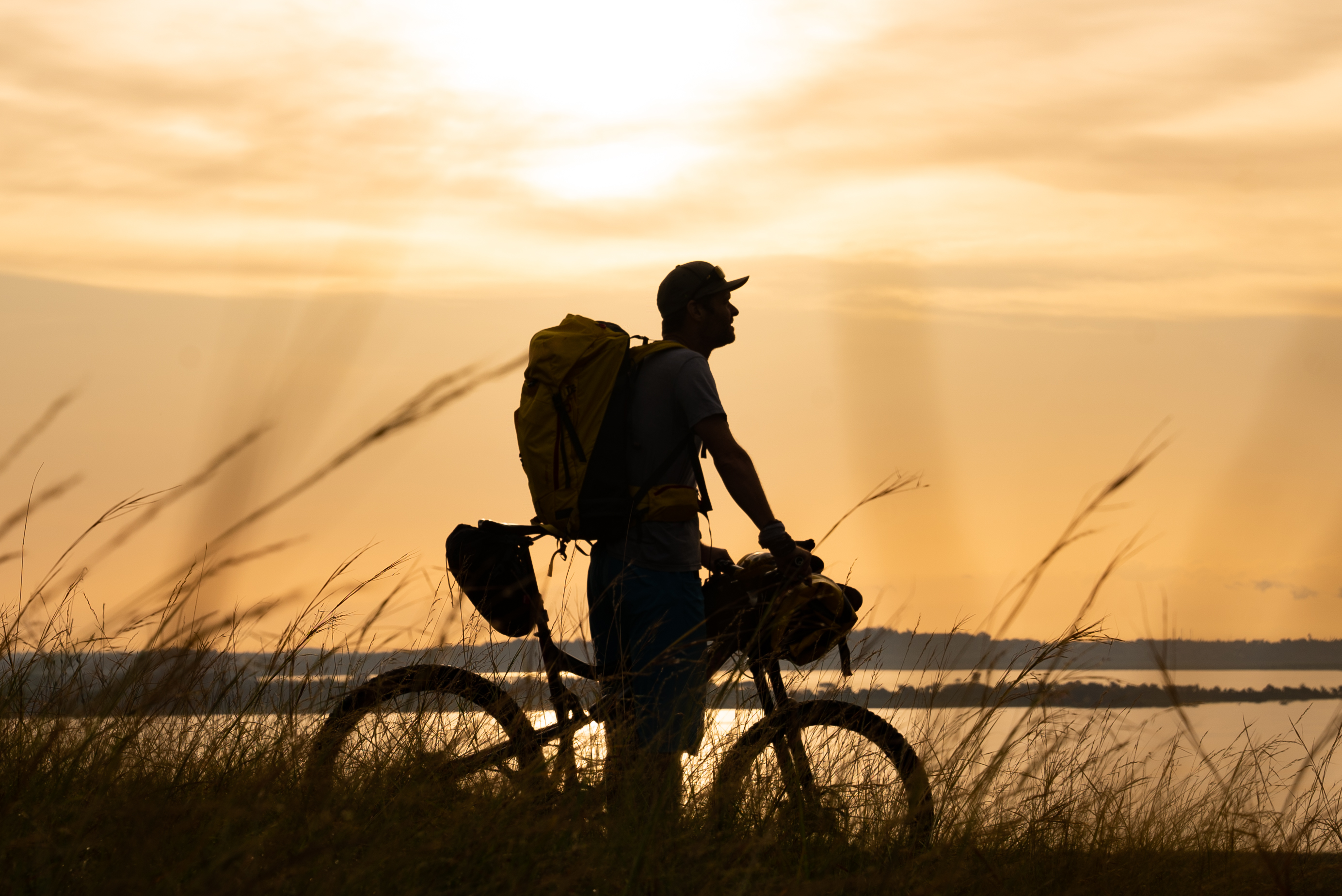Don’t miss a single adventure
Sign up to our free newsletter and get a weekly BASE hit to your inbox
Other posts by this author
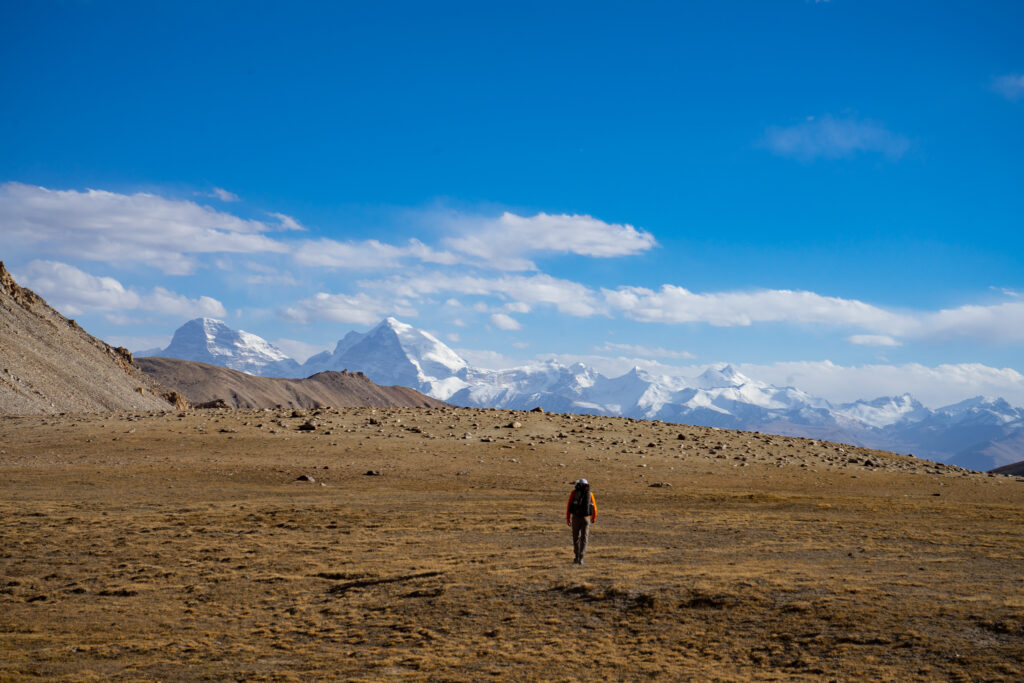
Story • Jan Bakker • Dec 15, 2022
Connecting The Dots of The Pamir Trail
An exploratory trek along the southern Pamir mountains to create a long distance hiking trail across Tajikistan
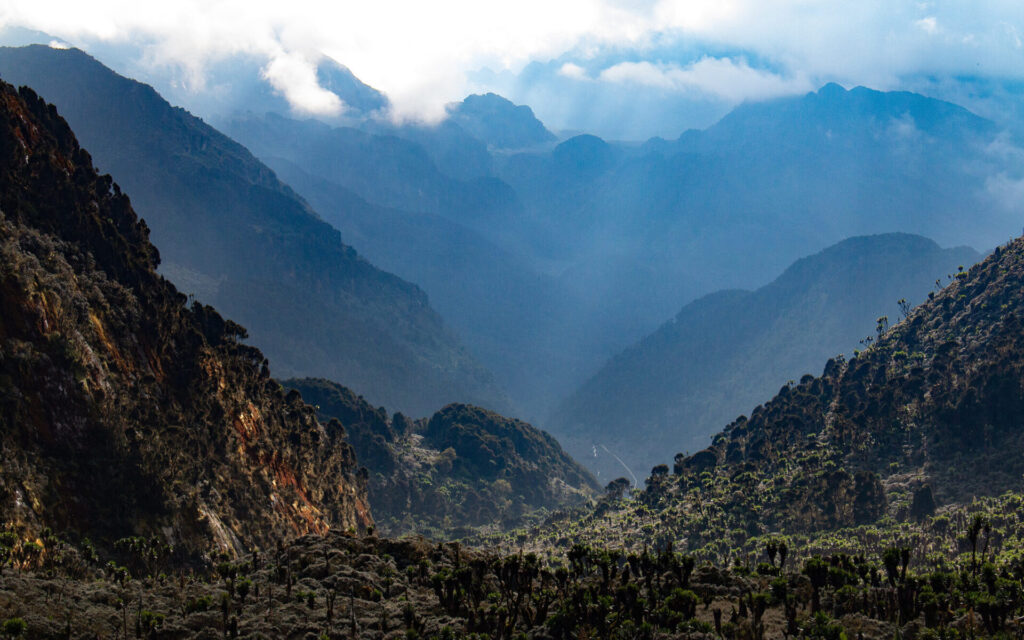
Story • Jan Bakker • Jul 21, 2020
A Muddy Walk through the Mountains of the Moon
Tales from deep within the UNESCO listed Rwenzoris mountain range.
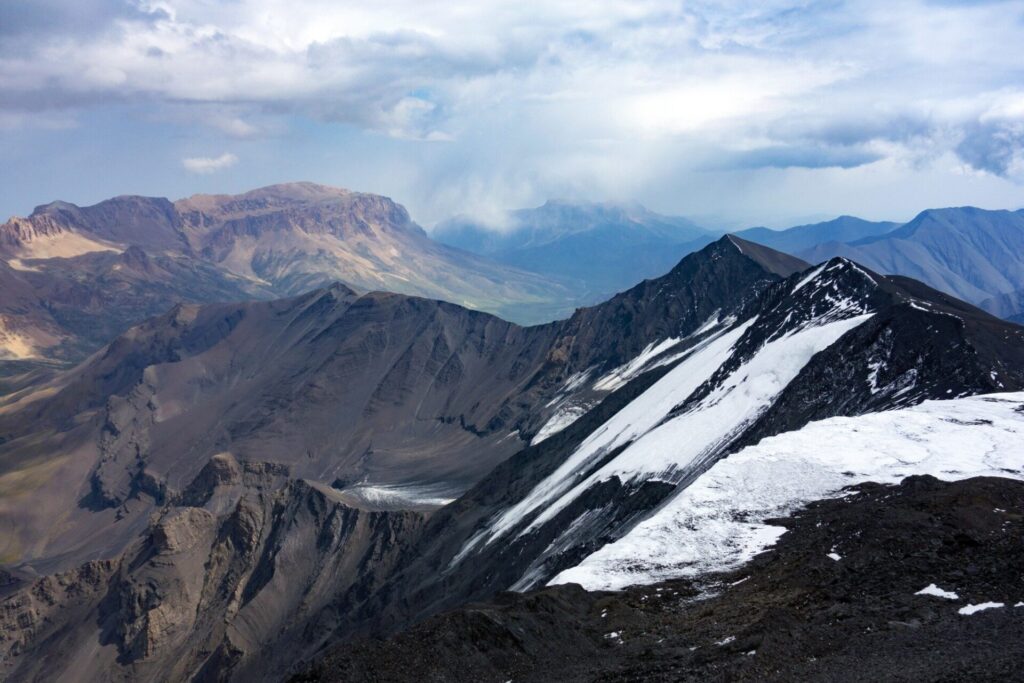
Story • Jan Bakker • Mar 03, 2020
Jigsaw of Broken Slate
Exploratory climbing on the roof of Azerbaijan
You might also like
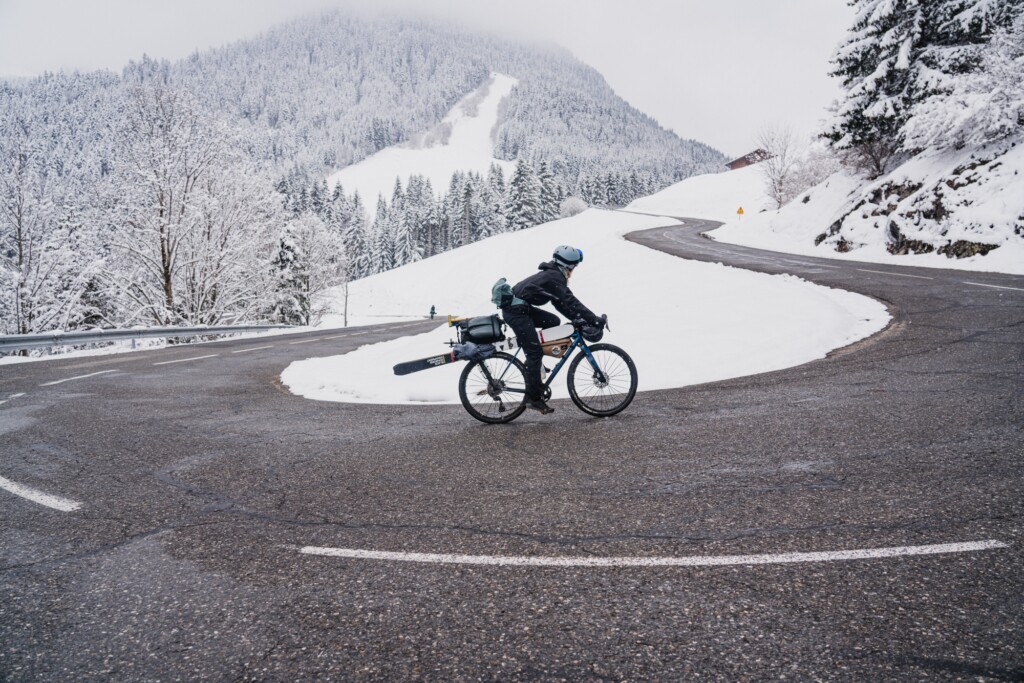
Story • Gaby Thompson • Jun 26, 2023
Bike. SKi. Fondue. Repeat
A backyard adventure with close friends in the French Alps

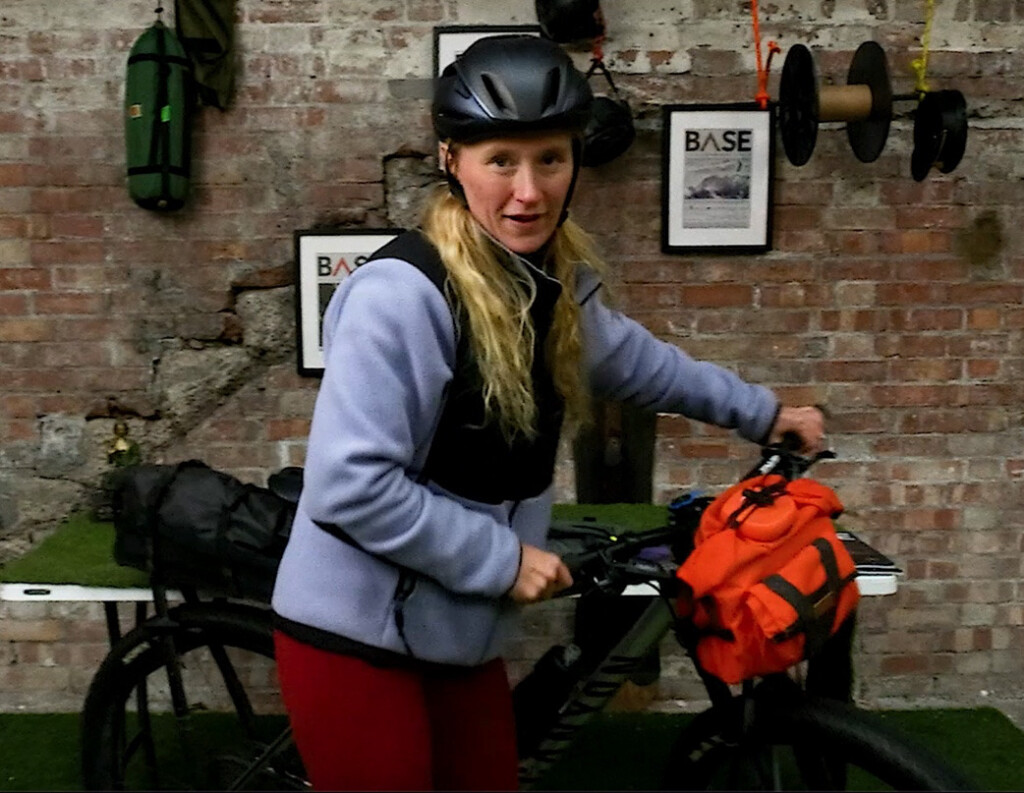
Video • BASE editorial team • May 26, 2023
Top Five Bikepacking Essentials Every Rider Needs To Know About
Don't leave home without these must-have bits of bikepacking kit
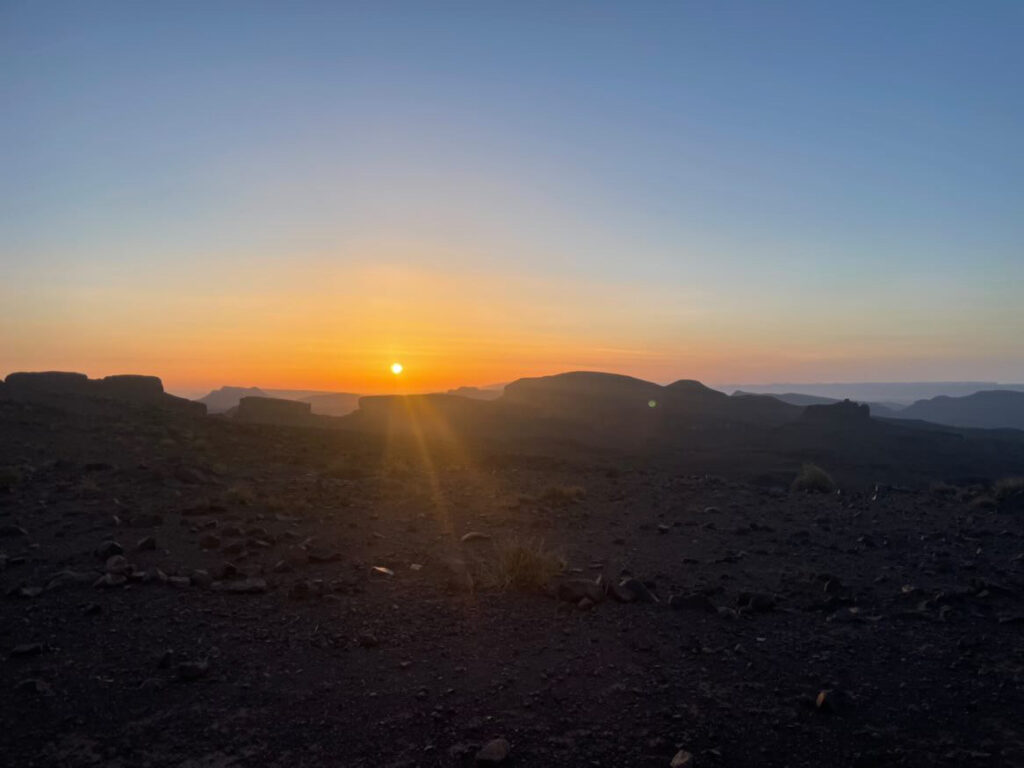
Story • Charlie Bell • Apr 06, 2023
The Highs and Lows of Cycling 1300km Through The Atlas Mountains
The Atlas Mountain Race is a brutal bikepacking race across Morocco's sand-strewn deserts and snow-capped mountains
